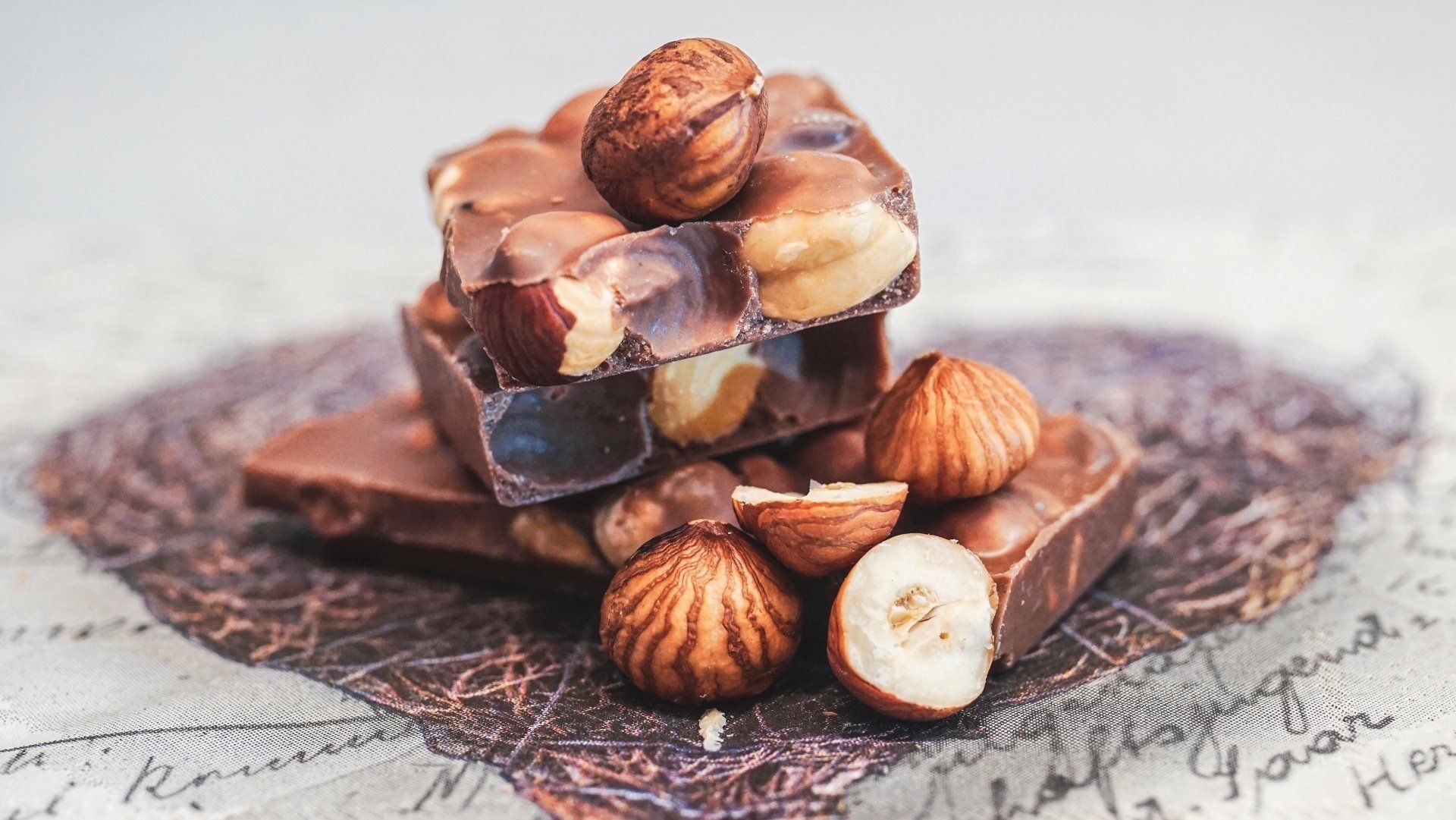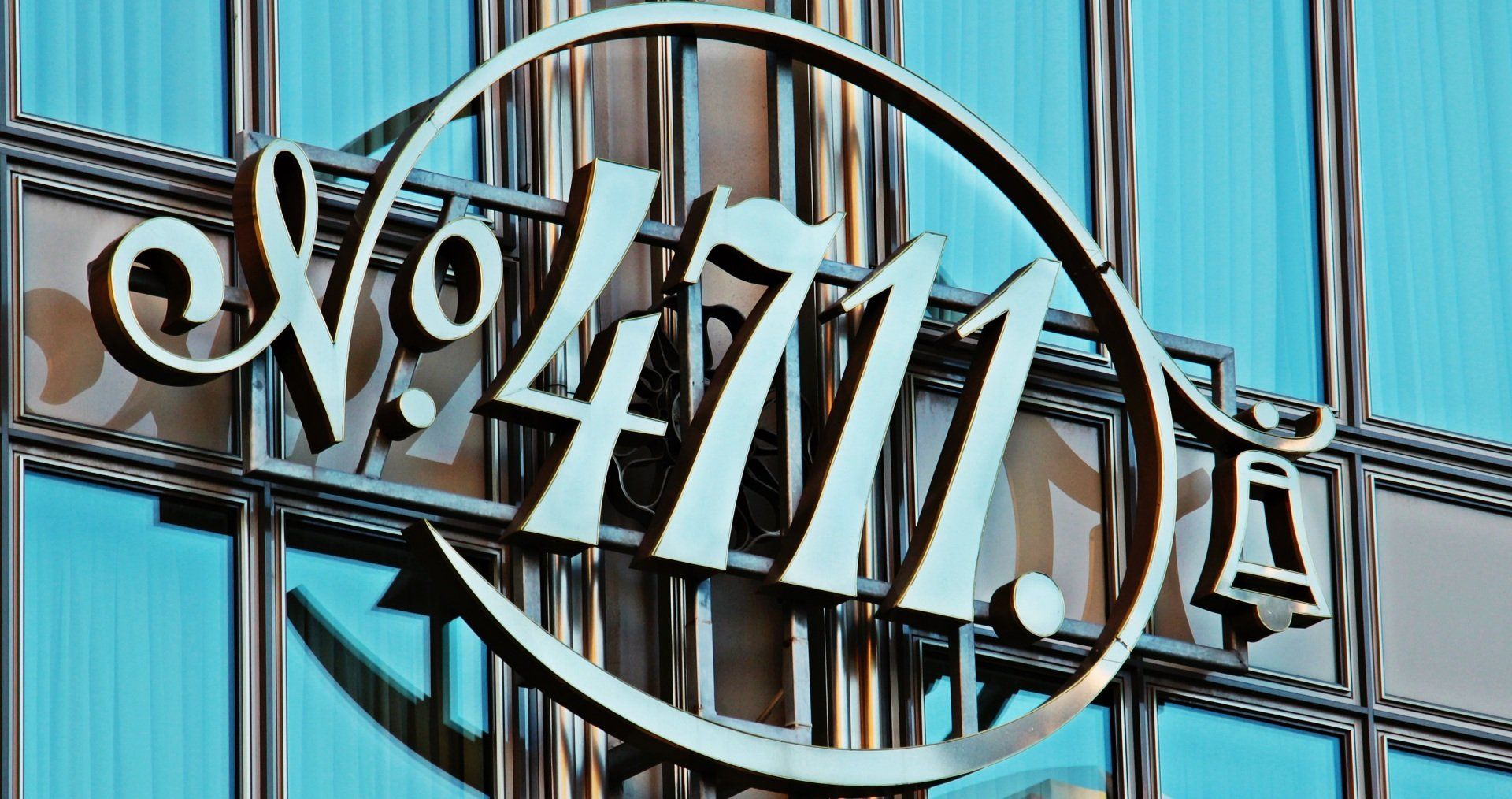Köln
always worth a trip

Cologne's landmark, visible from afar.
Cologne Cathedral is Cologne's landmark, visible from afar, and the city's heart. After Ulm Cathedral, Cologne Cathedral is considered the second-highest church in Germany and the third-highest house of worship in the world.
In 1996, UNESCO declared the Cathedral one of the greatest European masterpieces of Gothic architecture and a World Heritage site. Among devout Catholics, Cologne Cathedral is considered an important place of pilgrimage, after all, the bones of the Three Wise Men lie there. But hundreds of thousands of tourists and culture lovers also like to pay a visit to the house of God.
Opening hours:
Monday – Saturday 10 a.m. – 5 p.m.
Sunday 1 p.m. – 4 p.m.
During church services, the cathedral is not open to the public. Tourist visitors must wear a medical mask, be vaccinated, tested or recovered and carry photo identification.

Eternal love
For several years now, there has been a custom in Cologne: couples in love attach a small padlock to the railing of the Hohenzollern Bridge to swear - quite romantically - their eternal love.
If you pass the Hohenzollern Bridge (in the city map) by train or on foot, you will not only see the Cologne Cathedral but also thousands of small and colourful padlocks: couples in love have inscribed their names and dates on them and attached them to the railing of the bridge to pledge their eternal love and fidelity. The key is traditionally thrown into the Rhine together.
Initially, Deutsche Bahn had decided to remove the numerous tokens of love because they allegedly put unnecessary strain on the bridge structure. In the end, however, the company was persuaded by the numerous fans of the custom to leave the locks hanging. Today, the locks are part of Cologne's urban landscape and are visited by thousands of tourists as a popular sight.
The exact origin of the tradition is unclear. The starting point in Europe is probably Italy. In the city of Rome, it has long been the custom for young lovers to attach a padlock to the central lantern of the Milvian Bridge and then throw the key into the Tiber River with the oath "per sempre" (English: forever).
How to get there
By tram: lines 5, 16, and 18 to the "Dom Hauptbahnhof" stop (access on the left bank of the Rhine), lines 3 and 4 to the "Bf. Deutz Messe/Lanxess-Arena" stop ( access on the right bank of the Rhine), lines 1 and 9 to the "Bahnhof Deutz Messe" stop (access on the right bank of the Rhine)
By suburban railway: lines S6, S11, S12, S13 to the stop "Dom Hauptbahnhof" ( access on the left bank of the Rhine), lines S6, S11, S12, S13 "Köln Messe/Deutz" (access on the right bank of the Rhine)

A visit to the museum has never been so sweet! A visit to the Chocolate Museum is not only educational, but also delicious. You can book tastings.
The Chocolate Museum right on the Rhine is one of Cologne's most visited museums, boasting around 600,000 visitors a year.
Some people feel like they're in a land of milk and honey: In the large glass dome of the Chocolate Museum, there is a large fountain – from which only chocolate bubbles. NOTE: For Corona protection reasons, snacking from the chocolate fountain is not possible.
Everything you want to know about chocolate
In the rest of the building, which sits enthroned as if on a small island in the Rhine, there is nothing to nibble on, but plenty of interesting information about cocoa and chocolate. Everything is explained here, from the cultivation of the plants in a small greenhouse to production through to historical posters and the packaging of the treat. And you're shown everything you ever wanted to know about chocolate.

Parent house of 4711 at Glockengasse
On their wedding day, 8 October 1792, young Wilhelm Mülhens and his bride were given a recipe for a mysterious "aqua mirabilis" by a Carthusian monk. This was the birth of a success story that made the town's name known all over the world.
During the French occupation, the soldiers sent the product home as a greeting under the name "Eau de Cologne". The French also gave the perfume its brand name 4711. Legend has it that the French city commander ordered the houses in Cologne to be numbered consecutively, starting with the cathedral. The soldier wrote the number 4711 on the house in Glockengasse with his chalk pencil. At that time, the clever businessman was still selling water as a medicinal remedy. When the French occupation government demanded the publication of all formulas for pharmaceutical products in 1810, the resourceful factory owner declared the product to be perfumed water.
With this image change, perfume began its worldwide triumphal march in the 19th century. Today, the product is exported to over 60 countries. Today, the brand belongs to Mäurer + Wirtz.
Information
Visits/opening hours:
Mon–Fri 9:30 a.m. – 6:30 p.m.
Sat 9:30 a.m. – 6:00 p.m.
Address
Glockengasse
50667 Cologne
Getting there
Tram: 3, 4, 5, 16, 18 (Appellhofplatz)
Those arriving by car should either park outside and take public transport into the city centre, or use one of the numerous multi-storey car parks.


